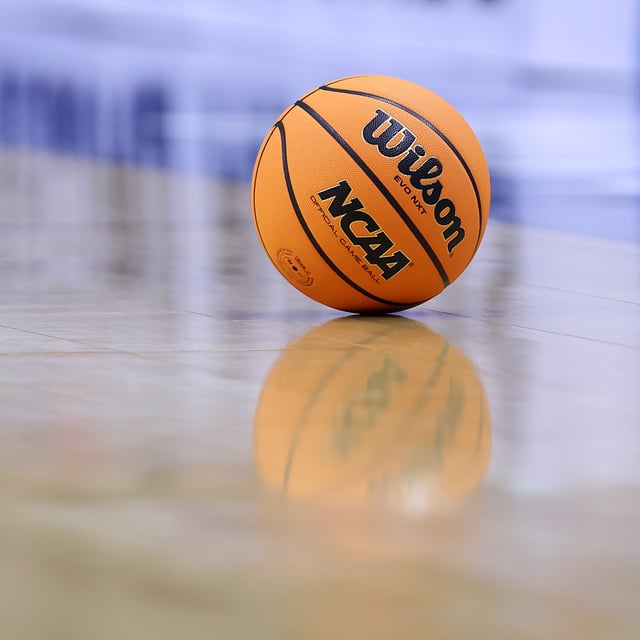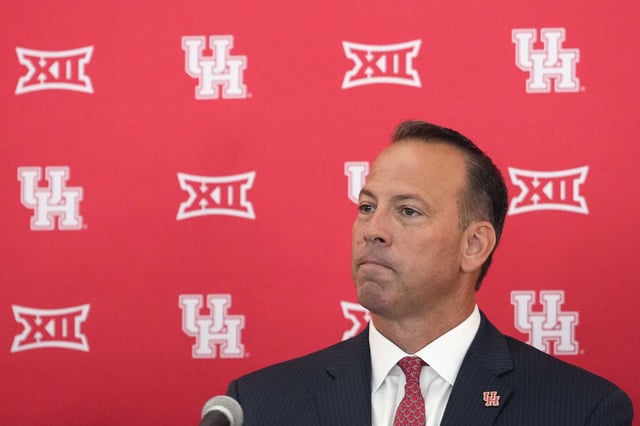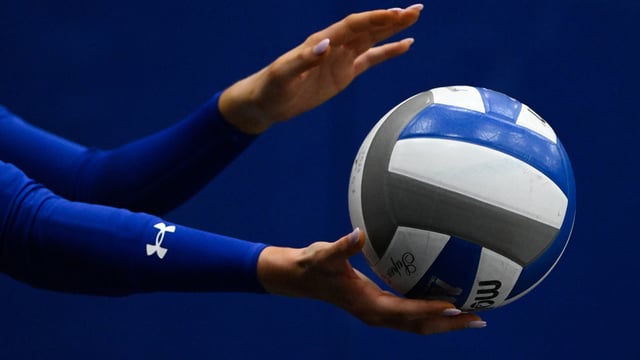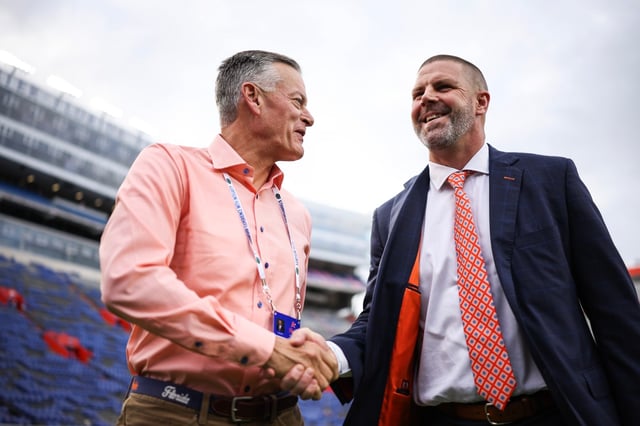Overview
- Effective July 1, Division I programs may pay athletes directly under a $20.5 million cap for the 2025–26 fiscal year, a structure most Power Five and many mid-major schools have fully embraced.
- The College Sports Commission, headed by CEO Bryan Seeley, is rolling out compliance systems to enforce roster-size rules, oversee NIL agreements through Deloitte’s clearinghouse and monitor payout caps.
- Schools must allocate $2.5 million of their cap to fund new scholarships and are expanding rosters across women’s sports to maintain competitive balance under revised Title IX standards.
- Opt-out institutions—such as Ivy League schools, military academies, Nebraska–Omaha and Montana—are sitting out year one over concerns about budget constraints and gender-equity obligations.
- Athletic departments are pursuing additional revenue streams—from expanded media rights to boosted fundraising—to sustain the new payout model and cover increased scholarship costs.



